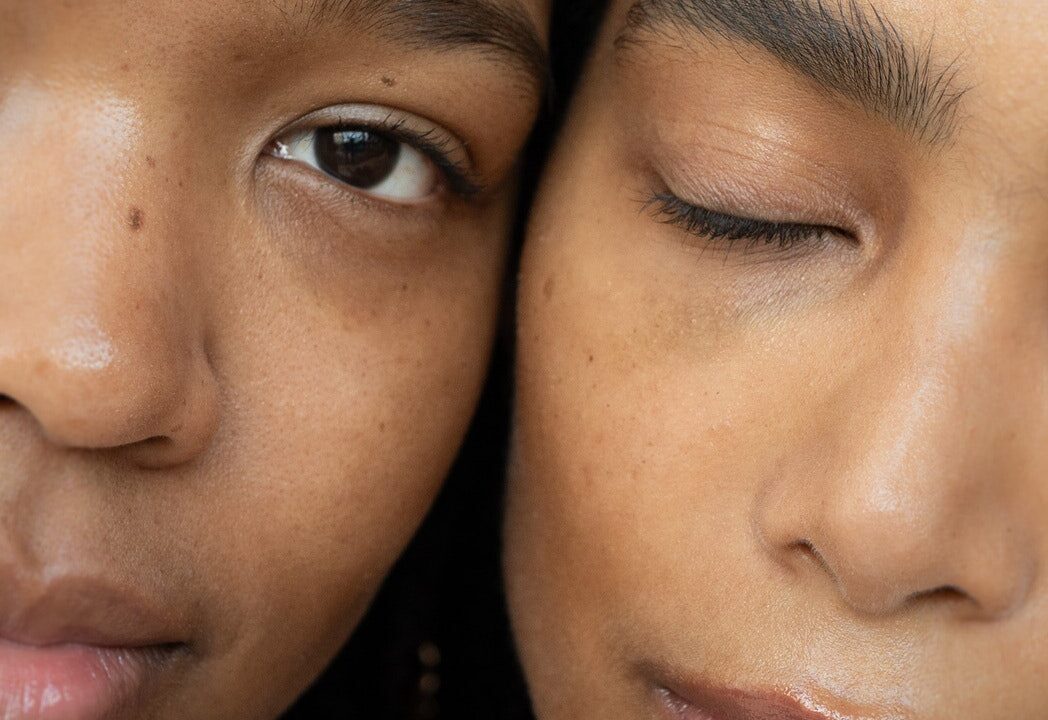When choosing semi-permanent eyebrow makeup, microblading and microshading are the top options—but many people don’t know how they differ. To help you decide which is right for you, here’s a breakdown of both techniques.
### Microblading vs. Microshading
Both methods fall under semi-permanent makeup, lasting anywhere from six months to two years, depending on technique and skin type. They’re popular for simplifying beauty routines by reducing daily eyebrow grooming.
Each technique enhances eyebrow shape, proportion, and balance by implanting pigment under the skin. The key difference lies in how the pigment is applied—and the final look it creates.
### How They Differ
Though similar, microblading and microshading produce distinct results.
Microblading creates fine, hair-like strokes using a handheld tool with tiny needles. The pigment is deposited into the epidermis for a natural, realistic effect—ideal for sparse brows or filling gaps while maintaining a subtle look.
Microshading, on the other hand, uses a dotting technique to create a soft, powdered finish, like eyebrow pencil or shadow. It’s better for oily or sensitive skin, as microblading’s fine lines may blur over time. Microshading is also less invasive, with minimal scarring risk, and perfect for a fuller, more defined makeup look.
